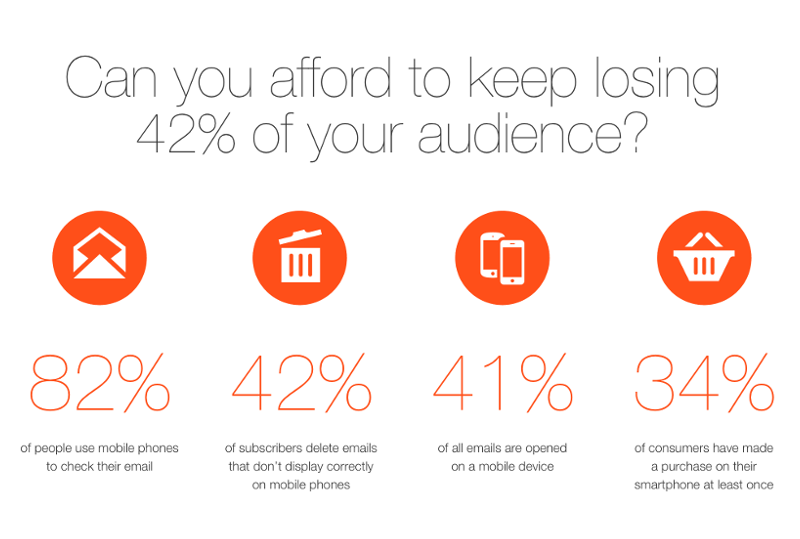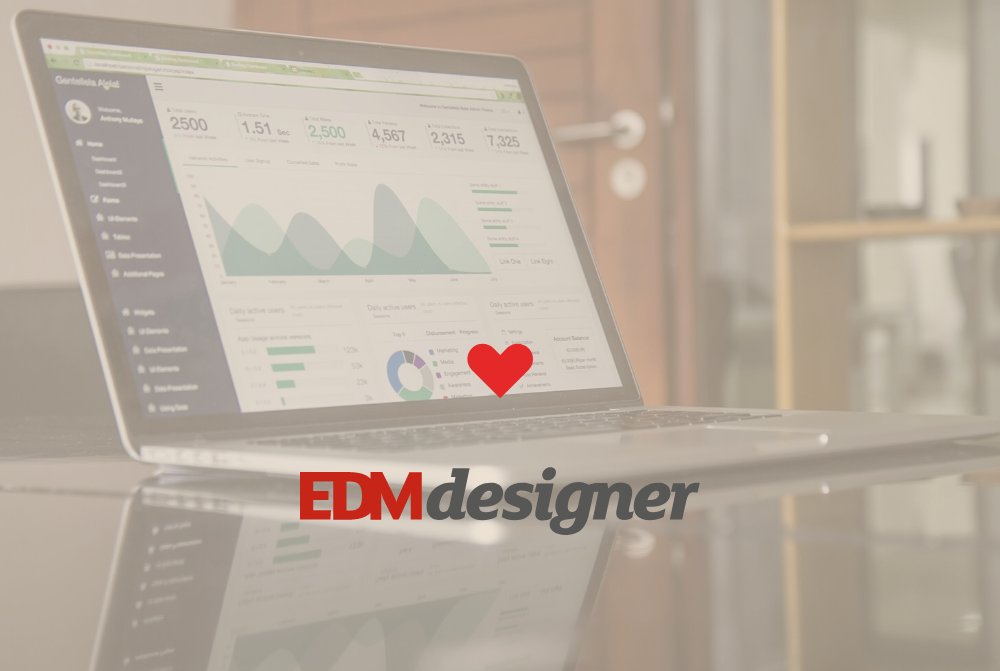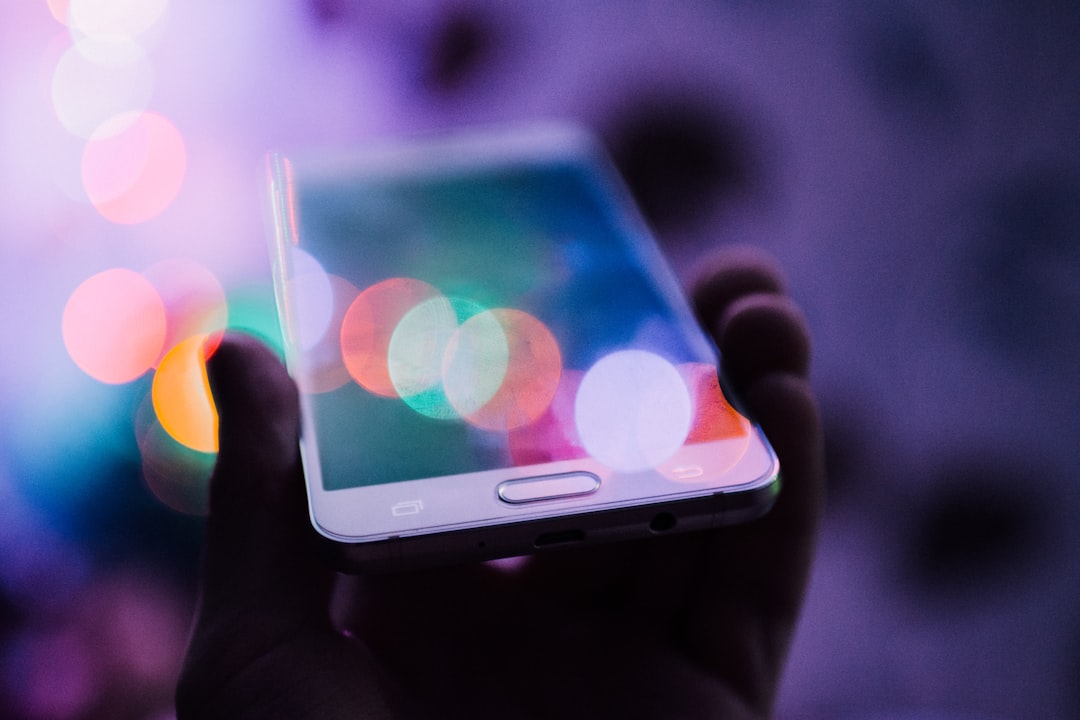Every step we take, every move we make has some kind of goal in our lives. Life cannot really work without goals, just like online marketing. Conversion is the king. No matter if we talk about email marketing or PPC. But the bad news is that most companies forget about it… and tend to design their websites and email templates without even mentioning the term: conversion.
What’s the problem with these designs? No matter how nice or ugly your website or email designs look if they simply don’t help you to convert your visitors to prospects or prospects to clients.
You have to design for conversions! But how?
Reduce Attention Ratio!
The attention ratio (in case of email) is the ratio of links to the number of campaign conversion goals. In an optimized email marketing campaign, your attention ratio should be 1:1! One marketing email = one conversion goal. As simple as it seems. We just tend to forget about it.
Get rid of all unnecessary links, nice-to-have design elements, and any other distractions. Focus on your one and only conversion goal, which should be a huge mobile friendly button in most cases. Why?
Attention Driven Design Needed
You need to design the whole email template around your desired conversion goal. Your call-to-action must be the most attractive and outstanding element of your email design. The remaining image and text content has to direct interest towards conversion.
 image source: alexwhite.org
image source: alexwhite.org
There are various visual tricks that can help you to direct attention of your readers. For example you can use arrows or photos of human faces to direct the sight of your subscribers. Check out @alexanderwhite ‘s “You look where they look” UX research for more info.
Use Buttons Instead Of Links
 Image source: 8seconds.net
Image source: 8seconds.net
Buttons are used for primary actions on web, and in email as well. Simply it’s the easiest to grab the attention of your readers with a huge, colored button which features a clear call-to-action text. Links are great for secondary actions, but you need to get rid of them in your conversion centered designs!
Prefer HTML Buttons
Buttons can be inserted into email in two ways. They can be built with HTML or added as an image (predesigned in Photoshop or other software). You can create a button with both methods, but HTML buttons are the optimal solution to go for. Why?
- HTML buttons will show up even if images are blocked by the email client.
- They will load faster and won’t vanish if the image server is down.
- You can set image background to your buttons, and with a secondary background color they will show up properly in every case.
If you want a really custom button, with custom font, you can use the pure, image based version. But don’t forget to make sure that they will be easy to tap on the mobile version and always A/B test them against HTML buttons. Maybe the extra design is not worth it. Only conversions count! I’m sure that you don’t want to loose money because you used super fancy image buttons instead of stylish HTML buttons.
Use Clear Call to Actions
Always use a call to action which clearly represents the desired action, you want your subscribers to make. Click here is not enough any more. Be descriptive, compelling and convince them to click right now!
- Order Now
- Compare Prices
- Get Discount
- Download the App
- Buy Your New Laptop
Squint Test Your Design
The goal of the squint test is to figure out which parts of your email stand out visually the most. If the call-to-action button get’s the highest attention in your design, you did a great job, but if not tweak your design a bit more. You can use this Chrome addon to squint test your emails easily in your browser.
If you use images, colors and white-space in a smart way, your email templates will help you to increase your conversion rates. Email copy plays a huge role as well, but that’s another story.
Do you have anything to add? We would love to hear your thoughts in the comments section!



